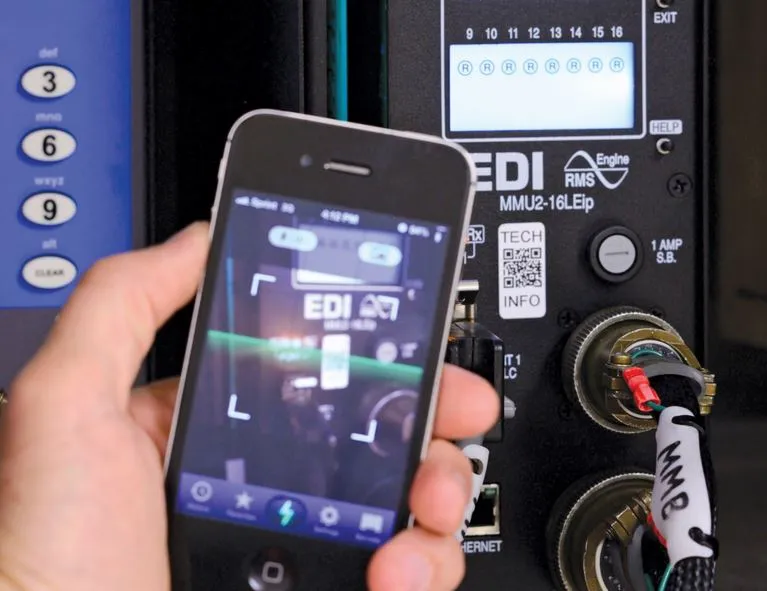June 12, 2013
Read time: 1 min

Traffic signal technicians can now scan the QR codes on
Project Tech Info utilises QR code scanner apps on Smartphones and tablet computers to retrieve and review product information on the product out in the field. Users will be directed to the EDI product menu for that model, with a list of available information and documents for the technician to view.









